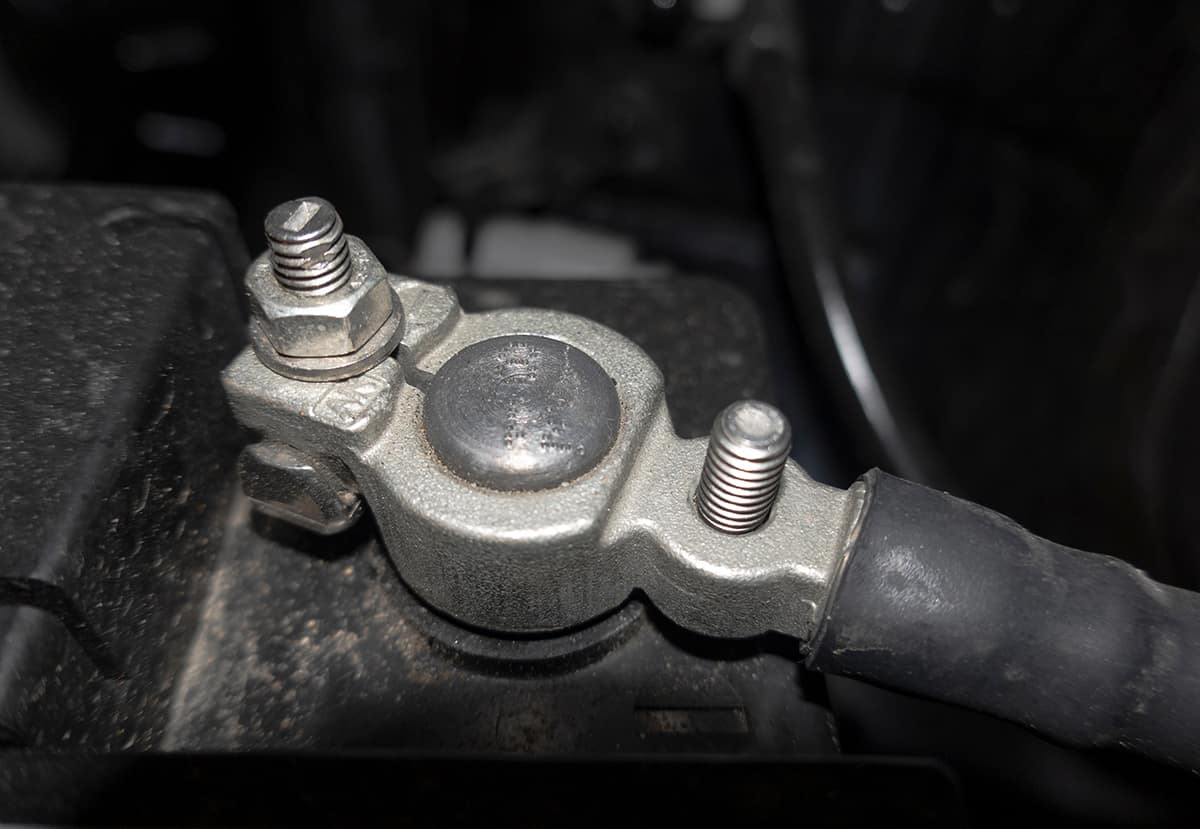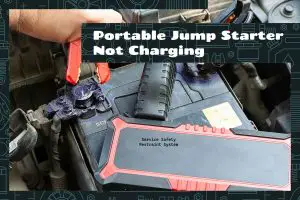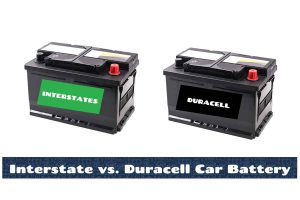Battery bolts play a crucial role in securing your car battery in place. Using the wrong size bolt can cause problems for your battery and vehicle. To avoid these issues, it is essential to use the correct size of battery bolt. Understanding the right size battery bolt and the proper way to change a car battery will ensure a smooth and safe process.
The size of battery bolts varies based on the type and brand of battery, but most battery bolts used in cars have a standard size. They are typically 10 millimeters in diameter (about 0.4 inches) and 1.24 inches long. The thread size of these bolts is 5/16 inches,
In this guide, I’ll explain what a battery bolt is, why choosing the correct battery bolt size matters, and how to replace terminal bolts on a car battery.
What Is a Battery Bolt?
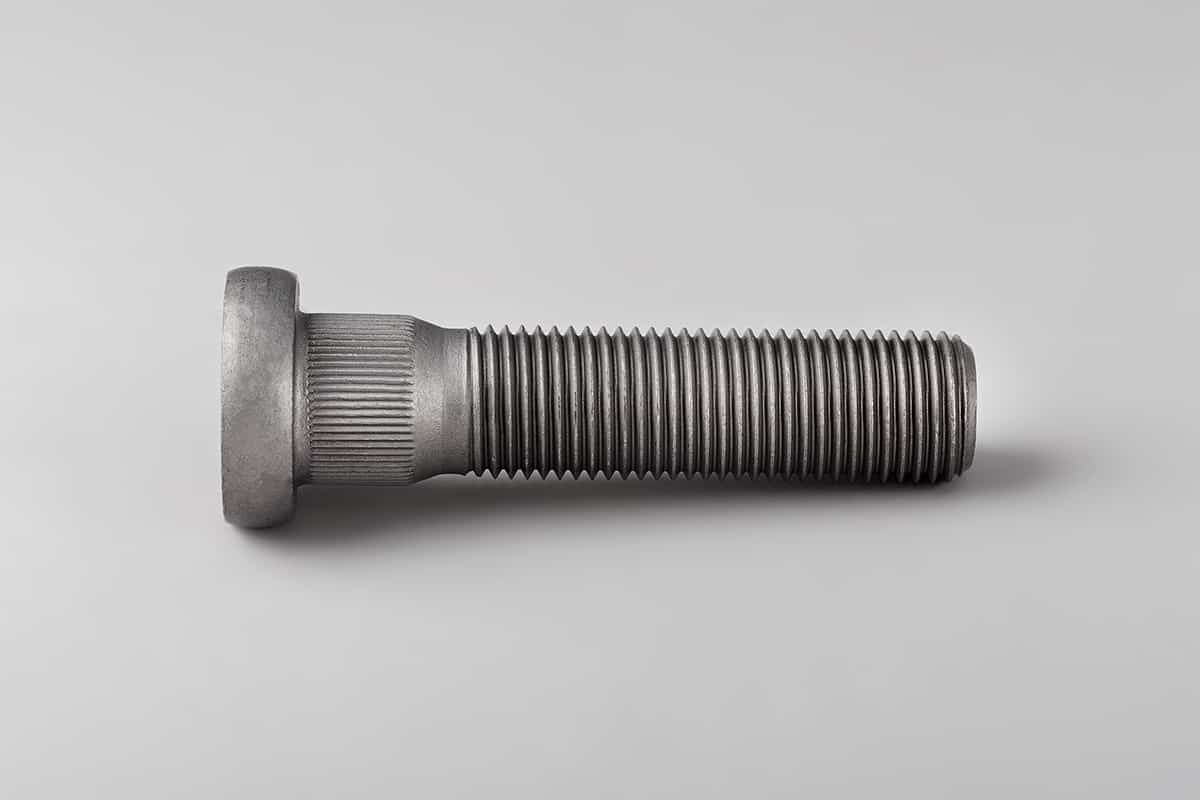
A battery bolt, also known as a terminal bolt, is a small metal bolt that is used to connect a battery cable to a battery terminal. The battery terminal is a metal post on the battery that connects the battery cable. Thread the battery terminal bolt through the battery cable and tighten it onto the terminal post.
The bolt secures the battery’s electrical connection to the vehicle’s electrical system, allowing the battery to power the vehicle’s components. The tightness of the bolt is critical for maintaining a secure connection and avoiding electrical problems.
Battery terminal bolts that are too loose can result in an inadequate electrical connection. This can lead to a loss of power as well as other issues, such as a drained battery or even a dead battery. In certain circumstances, a fire may be started by a battery terminal bolt that has become loose. In order to maintain a reliable connection, it is important to check the battery terminal bolts on a regular basis and tighten them as required.
What Size Are Battery Bolts?
Battery bolts come in a wide variety of sizes. The most common size is 10 millimeters (0.4 inches) in diameter and 1.25 inches long, with 5/6-inch threads. Other common sizes include 8, 11, 12, and 13 millimeters, with varying lengths and thread sizes.
You should look in the owner’s manual for your vehicle to find out what size bolts are used for the battery in your vehicle. In that section, it should explain the specific bolt size that can be used with the factory battery. In any case, you have the option of asking a mechanic to remove the bolt and take the measurement for you.
Why Does Battery Bolt Size Matter?
To guarantee a safe and reliable connection between the battery and the car’s electrical system, it’s important to use a battery bolt of the appropriate size.
Several issues can arise from a loose connection brought on by using the incorrect size bolt. A poor electrical connection, such as a loose battery bolt, can cause a loss of power or even a dead battery. It’s possible for it to produce a spark that starts a fire.
Besides being dangerous, using the incorrect size bolt can have an adverse effect on your car’s electrical system, leading to a quicker discharge of the battery and a shorter life span. Having the correct size battery bolt, on the other hand, guarantees a safe and sound connection between your vehicle’s parts.
How to Replace Battery Bolts
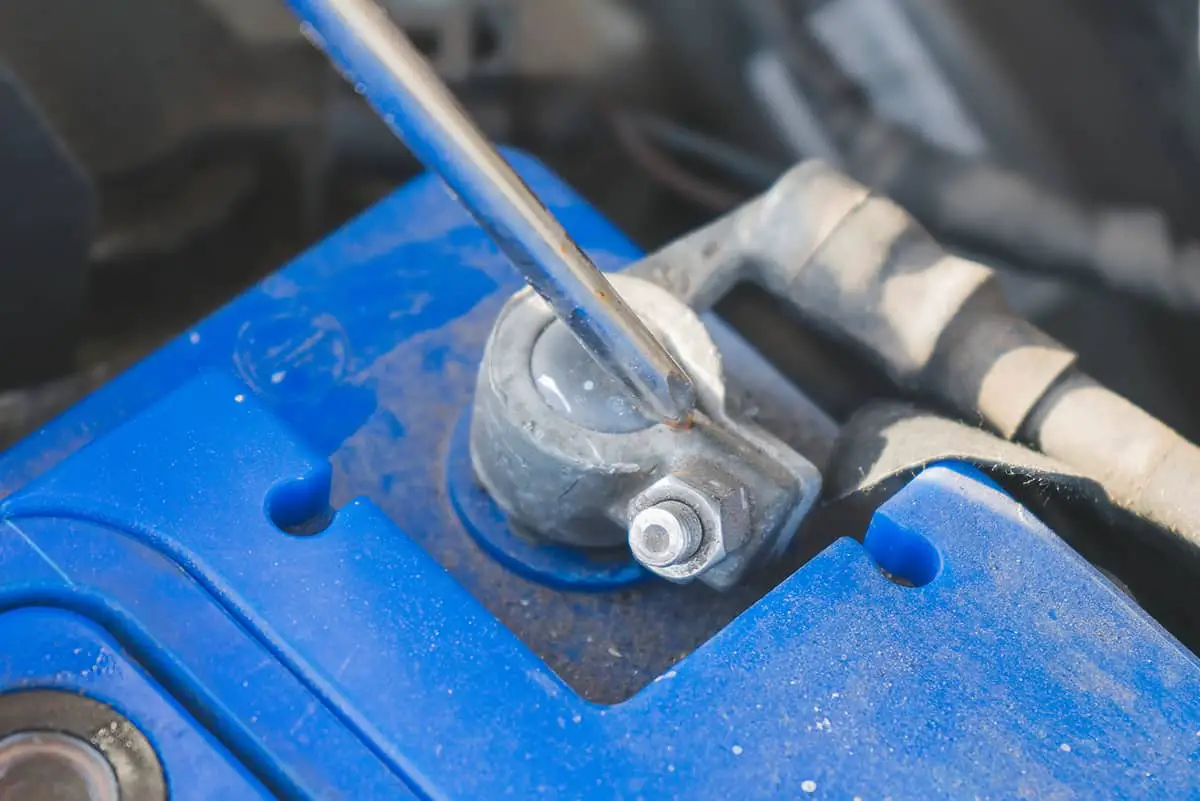
- Gather Tools—To replace the battery bolt, you’ll need a socket wrench, a new battery bolt, and a battery post cleaner.
- Remove the Old Bolt—Locate the old battery bolt that needs to be replaced and use the socket wrench to loosen and remove it.
- Clean the Terminal Post—Use the battery post cleaner to clean the terminal post. This is important to ensure a secure and corrosion-free connection.
- Attach the New Bolt—Place the new battery bolt into the socket wrench and thread it onto the clean terminal post.
- Tighten the New Bolt—Use the socket wrench to tighten the new bolt. It’s important to tighten it just enough so that it’s snug but not too tight. Over-tightening can damage the battery post and result in a loose connection.
- Repeat the Process—Repeat the above steps on the other battery terminal if necessary.
- Check the Connection—After replacing the battery bolt, start the vehicle and check the connection to make sure it’s secure and working properly.
- Finish Up—Store the tools and dispose of the old bolt properly.
When Would You Need to Replace Battery Bolts
- Loose Connection—If the battery bolt is loose, it can cause poor electrical connection, leading to a loss of power and even a dead battery. A loose bolt should be tightened or replaced to ensure a secure connection.
- Corroded Bolt—Over time, the battery bolt can corrode and become difficult to remove. In this case, replacing the bolt with a new one is necessary to maintain a secure connection.
- Damaged Bolt—If the battery bolt is damaged, such as stripped threads, it should be replaced to ensure a secure connection.
- Upgraded Battery—If you upgrade your battery, you may need to replace the battery bolt to ensure a proper fit. However, brand-new batteries will come preinstalled with bolts straight from the factory. So, when you upgrade or replace a battery, you won’t need to replace the bolts unless they become loose, corroded, or damaged over time.
- Regular Maintenance—Regular maintenance of your vehicle’s electrical system is important, and replacing the battery bolt as needed can help prevent future issues.
Can a Car Run with Bad Battery Bolts?
Even if the battery bolts are damaged, the car can still start and drive. Loose or corroded battery bolts can disrupt electrical connections and drain the battery’s power. As a result, the battery may die or other electrical problems may arise that are harmful to the vehicle.
If the bolts look corroded or damaged, the best thing you can do is to take your car to the mechanic to swap the bad bolts for new ones, assuming the car battery still has some juice in it.
